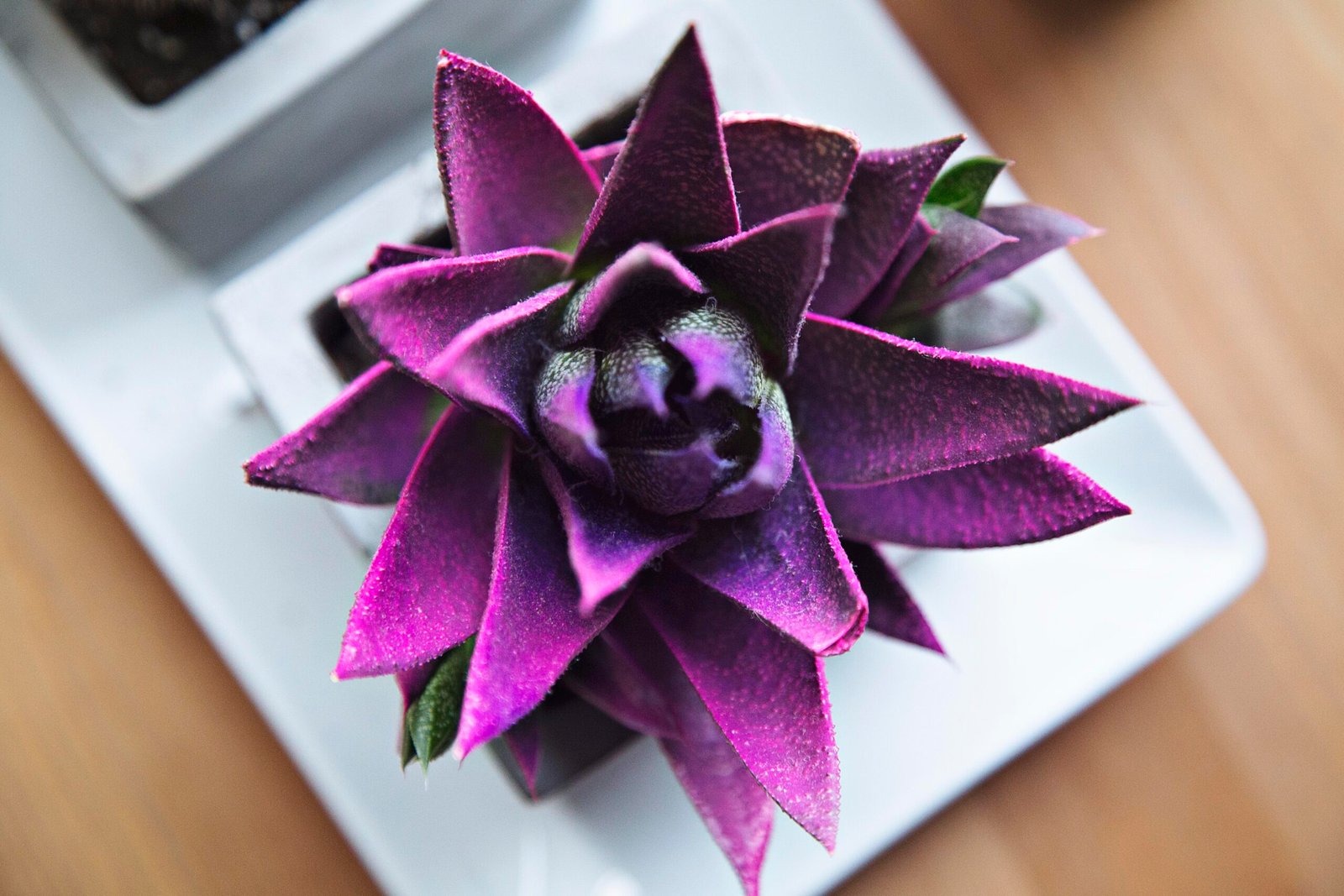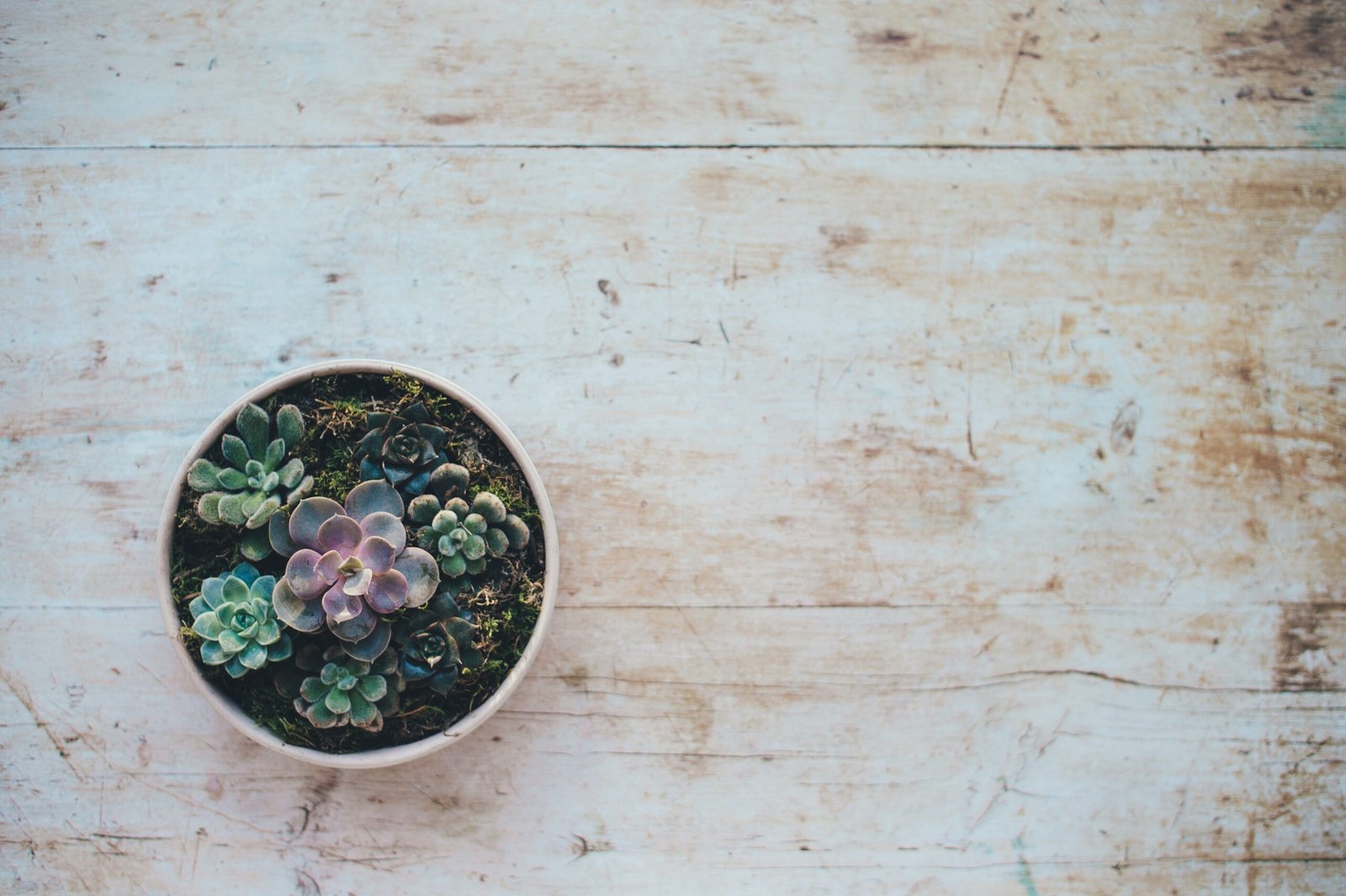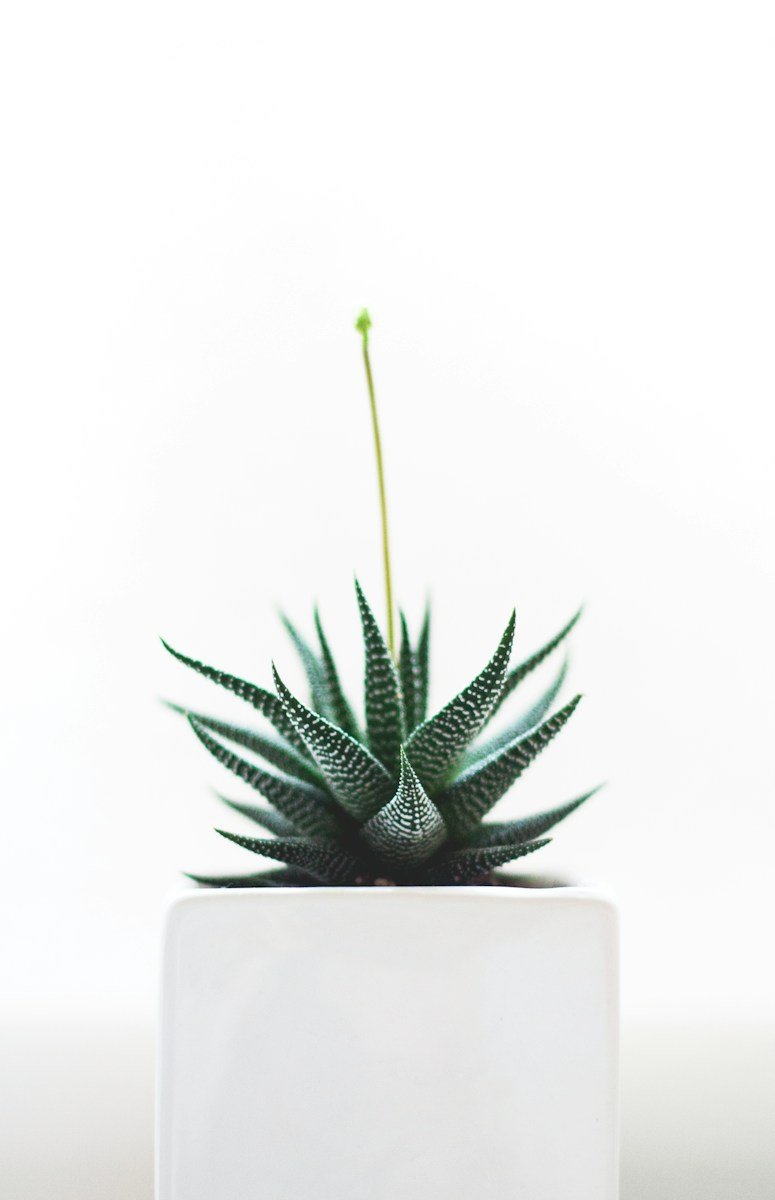
How do I harvest seeds from succulent flowers? If you’ve been growing succulent flowers and want to take your gardening skills to the next level, learning how to harvest their seeds is an exciting adventure waiting for you. Whether you’re looking to expand your collection or share the beauty of these resilient plants with others, this article will guide you through the process of successfully harvesting seeds from succulent flowers. With a few simple steps, you’ll soon have a bountiful supply of seeds to nurture and propagate these remarkable plants. So, grab your gardening tools and let’s get started!
Preparing for Seed Harvesting
Choosing the Right Time
When it comes to harvesting seeds from succulent flowers, timing is crucial. It’s important to choose the right time to ensure the seeds are mature and ready for harvesting. Succulent flowers typically produce seed pods after they have bloomed. You’ll want to wait until the seed pods have reached their full size and have started to turn brown or dry out before harvesting. This is usually a few weeks after the flowers have bloomed. Harvesting too early can result in immature seeds that may not germinate successfully.
Selecting Healthy Plants
To ensure the best quality seeds, it’s important to select healthy plants for seed harvesting. Look for succulent plants that are disease-free, have vibrant leaves, and are showing signs of healthy growth. Avoid plants that have any signs of stress, damage, or disease, as this may affect the quality of the seeds they produce. Healthy plants will generally produce healthier, more viable seeds.
Gathering Necessary Tools
Before you begin harvesting seeds from succulent flowers, gather all the necessary tools to make the process easier and more efficient. Some of the tools you’ll need include small scissors or pruning shears for cutting the seed pods, a clean container for collecting the pods and seeds, and a fine sieve or mesh screen for cleaning the seeds. It’s also helpful to have labels or markers to organize and label your various seeds. Having these tools ready beforehand will save you time and make the harvesting process smoother.
Identifying Seed Pods
Understanding Succulent Flower Structures
To successfully identify seed pods, it’s important to have a basic understanding of succulent flower structures. Succulent flowers usually consist of petals, a central pistil, and multiple stamens. The seed pods are typically located at the base of the flower, surrounding the pistil. They can vary in size, shape, and color depending on the succulent species. Familiarize yourself with the different flower structures of the succulents you are working with to make it easier to identify the seed pods.
Recognizing Seed Pod Characteristics
Seed pods have distinct characteristics that make them easily recognizable. They are generally larger than the flower itself and have a more elongated shape. The color of the seed pods may change as they mature, transitioning from green to brown or even black. They may also start to dry out and become slightly shriveled. Look for these signs of maturity when identifying the seed pods. Once you become familiar with the typical characteristics of seed pods, it will become easier to identify them accurately.

Harvesting Seeds from Succulent Flowers
Collecting Ripe Seed Pods
Once the seed pods have reached maturity, it’s time to collect them for seed harvesting. Carefully cut the seed pods from the succulent plant using your small scissors or pruning shears. Be gentle to avoid damaging the pods or the plant. Place the collected seed pods into a clean container, ensuring they are kept separate if you are harvesting seeds from different succulent plants. It’s best to collect the seed pods on a dry day to prevent any moisture from affecting the seeds’ quality.
Extracting Seeds from Pods
To extract the seeds from the seed pods, gently open the pods using your fingers or a pair of tweezers. Depending on the succulent species, you may find that the seeds are tightly packed inside the pods or may be loosely attached. Carefully separate the seeds from the pod, taking care not to crush or damage them. Some species may have seeds with a protective outer coat, while others may have naked seeds. Adjust your extraction technique accordingly to preserve the integrity of the seeds.
Removing Debris from Seeds
After extracting the seeds from the seed pods, it’s important to remove any debris or unwanted materials. Pour the seeds into a fine sieve or mesh screen and gently shake it to remove any excess plant materials, dirt, or other debris. This step is crucial to ensure the seeds remain clean and ready for storage and propagation. Take your time to carefully remove any debris, as even small particles can affect the viability of the seeds.
Preparing Seeds for Storage
Cleaning Seeds
Before storing the seeds, it’s essential to clean them properly. You can do this by rinsing them gently under running water or by soaking them in a water-filled container. Use your fingers to lightly agitate the seeds and remove any remaining debris. After rinsing, spread the seeds on a clean towel or paper towel and allow them to air dry completely. Ensure they are fully dried before proceeding to the next step.
Air Drying Seeds
After cleaning, the seeds need to be air dried before storage. Find a well-ventilated area with low humidity to place the seeds. Spread them out on a clean surface or a tray lined with paper towels. Allow the seeds to air dry naturally, which can take anywhere from a few days to a couple of weeks depending on the succulent species. It’s important to ensure the seeds are completely dry to prevent any mold or fungal growth and to prolong their viability during storage.
Organizing and Labeling
As you prepare the seeds for storage, it’s crucial to organize and label them properly. Use small, labeled containers or envelopes to store the seeds. It’s best to separate and label the seeds according to the succulent species or variety they belong to. This will make it easier to keep track of the different seeds and their specific characteristics. Be sure to include the date of harvesting and any other relevant information on the labels. Keeping detailed records will help you navigate the seed harvesting process in the future.

Storing Succulent Seeds
Choosing the Right Containers
When it comes to storing succulent seeds, choosing the right containers is essential. Opt for airtight, moisture-resistant containers that will help maintain the seeds’ viability. Small glass jars, resealable plastic bags, or seed storage envelopes are all suitable options. Ensure the containers are clean and completely dry before transferring the seeds to them. It’s best to use small containers to store individual species or varieties separately to prevent cross-contamination and simplify organization.
Creating Proper Seed Environment
To maintain the quality of the stored seeds, it’s important to create a suitable seed environment. Place moisture-absorbing packets or silica gel packets in the containers to prevent moisture buildup. These packets will help reduce the risk of mold or fungal growth. Store the containers in a cool, dark, and dry location to minimize temperature and humidity fluctuations. Avoid exposing the seeds to direct sunlight or extreme temperatures, as this can damage the viability of the seeds.
Monitoring Temperature and Humidity
Regularly monitor the temperature and humidity inside the storage containers to ensure ideal conditions for seed preservation. Aim for a cool temperature between 40-50°F (4-10°C) and a humidity level between 30-35%. Extreme temperature or humidity changes can negatively affect the seeds’ viability. Invest in a thermometer and hygrometer to accurately monitor the conditions. Make adjustments as necessary to create a stable environment for long-term seed storage.
Propagating Succulent Seeds
Germination Methods
To propagate succulent seeds successfully, you’ll need to choose the right germination methods. Different succulent species may have different germination requirements, so it’s essential to research the specific needs of the seeds you have harvested. Some seeds may require stratification, which involves exposing them to a period of cold temperatures to break dormancy. Others may require scarification, which involves scratching or nicking the outer seed coat to promote germination. Understanding these methods will help you provide the optimal conditions for successful seed germination.
Sowing Seeds
Once you’ve determined the appropriate germination method, it’s time to sow the succulent seeds. Fill seed trays or small pots with a well-draining seed-starting mix. Moisten the soil slightly before sowing the seeds. Place the seeds on top of the soil and gently press them down, ensuring they make good contact with the soil. Avoid burying the seeds too deeply, as this may hinder germination. Cover the seeds lightly with a thin layer of soil or vermiculite, depending on the specific species’ needs.
Providing Optimal Conditions
After sowing the seeds, it’s crucial to provide the optimal conditions for successful germination. Succulent seeds generally require warmth and indirect sunlight to sprout. Place the seed trays or pots in a warm location with temperatures between 70-80°F (21-27°C). Ensure the seeds receive bright, indirect light to stimulate germination. Mist the soil lightly with water whenever it starts to dry out, being careful not to overwater. Maintain consistent moisture levels without allowing the soil to become too saturated to prevent rotting.

Common Challenges and Solutions
Dealing with Non-Viable Seeds
One common challenge when harvesting seeds from succulent flowers is dealing with non-viable seeds. Not all seeds may be viable and capable of germinating. To determine the viability of the seeds, perform a simple germination test before sowing. Place a small number of seeds on a damp paper towel and place it in a plastic bag. Keep the bag in a warm location and monitor for signs of germination. If the majority of seeds fail to germinate within a reasonable timeframe, it may indicate non-viable seeds. Dispose of these seeds and focus on those that have shown signs of viability.
Preventing Seed Contamination
Seed contamination can occur due to various factors, such as improper cleaning, handling, or storage. To prevent contamination, always ensure your tools and containers are clean and sterilized before use. Avoid touching the seeds with bare hands to minimize the transfer of oils or bacteria. Store the seeds in clean, airtight containers to prevent insect or mold infestation. Regularly inspect the stored seeds for any signs of contamination and address them promptly if detected. Taking these precautionary measures will help maintain the quality and viability of the seeds.
Addressing Fungal or Mold Growth
Fungal or mold growth can pose a threat to the stored seeds. To address this issue, it’s important to maintain appropriate humidity levels and provide proper airflow. Ensure the storage containers are airtight to prevent excess moisture from entering. If mold or fungal growth is detected, remove the affected seeds immediately and clean the containers thoroughly. Consider using a fungicide specifically designed for seed treatment if the problem persists. Regularly monitoring and inspecting the seeds will help you address any fungal or mold growth promptly.
Tips for Successful Seed Harvesting
Collecting Seeds from a Variety of Succulents
To expand your succulent collection and increase the chances of successful germination, try collecting seeds from a variety of succulents. Different species may have different requirements and characteristics, allowing you to explore and experiment with different propagation methods. This will also add diversity to your succulent garden, showcasing a wide range of unique and beautiful plants.
Noting Plant and Flower Characteristics
When harvesting seeds, make it a habit to note down the characteristics of the parent plant and its flowers. This includes details such as color, size, shape, and any unique features. By keeping detailed records, you’ll be able to track the parentage of the seeds and have an idea of what to expect when the new plants start to grow. This information will also be valuable for future reference and sharing with other succulent enthusiasts.
Keeping Detailed Records
One of the keys to successful seed harvesting is maintaining detailed records. Keep track of the date of each seed harvest, the species or variety of the parent plant, and any relevant information about the conditions and methods used during harvesting and storage. These records will serve as a valuable reference in the future, allowing you to learn from past experiences and make adjustments to improve your seed harvesting and propagation techniques.
Conclusion
Harvesting seeds from succulent flowers can be a rewarding and fulfilling experience. By choosing the right time, selecting healthy plants, and gathering the necessary tools, you set yourself up for success. Identifying seed pods and understanding their characteristics is crucial in ensuring you’re harvesting ripe seed pods. The process of extracting seeds from the pods and cleaning them requires careful attention and diligence. After preparing the seeds for storage, choosing the right containers and creating a proper seed environment are essential for maintaining their viability. Properly propagating succulent seeds involves understanding germination methods, sowing seeds correctly, and providing optimal conditions for growth. Common challenges such as non-viable seeds, seed contamination, and mold growth can be addressed with the right knowledge and precautions. Following these tips and guidelines will increase your chances of successful seed harvesting and propagation, allowing you to expand your succulent collection and enjoy the beauty of these remarkable plants for years to come.


